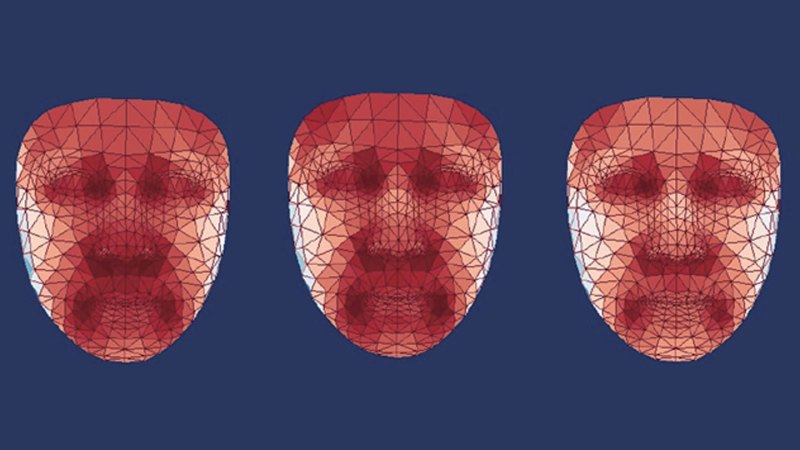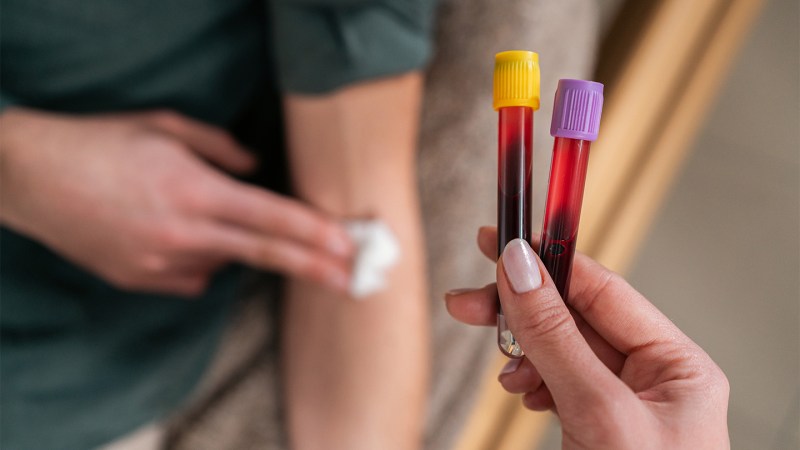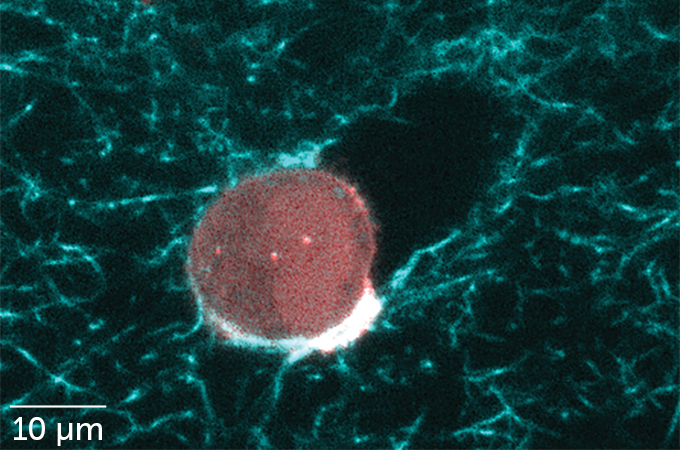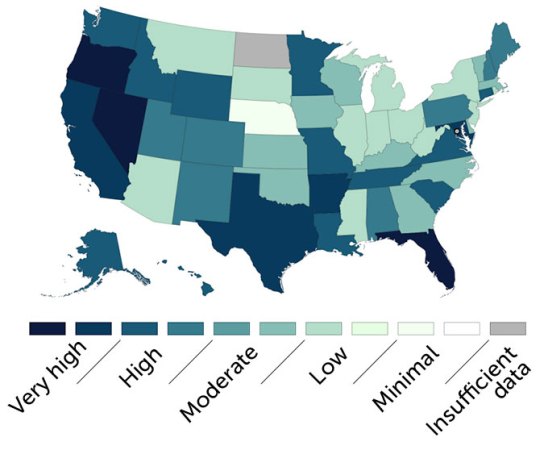
Reading people’s faces can literally give you a hint of how they are feeling on the inside.
Mapping the face’s hot and cool spots can provide clues to a person’s biological age — that is, how fast their cells are aging — and even detect signs of chronic diseases as such as diabetes and high blood pressure, researchers report in the July 2024 Cell Metabolism.
People with metabolic disorders such as diabetes and fatty liver disease tend to have higher eye area temperatures than those of the same age who were healthy, an analysis of nearly 3,000 Han Chinese ages 21 to 88 shows. And people with elevated blood pressure also had higher cheek temperatures, the team found.
“We can use the thermal facial image to diagnose these diseases with fairly good accuracy of about 80 percent,” says computational biologist Jing-Dong Jackie Han of Peking University in Beijing. “The facial thermal pattern really tells you more about the health state.”
Han and her colleagues also found that the temperature of the nose decreases with age at a rate faster than other parts of the face. This suggests that people with warmer noses have a younger thermal age. Meanwhile, temperatures around the eyes tend to increase with age.
“They’ve come up with this idea to quantify age based on thermal images of the face, and that’s quite innovative simply because it provides an independent assessment of biological age,” says aging specialist Vadim Gladyshev, of Brigham and Women’s Hospital and Harvard Medical School. Facial thermal age could provide another biomarker of aging and tool for health assessment, says Gladyshev, who was not involved in the study.
The idea that face temperature is an indicator of health partly comes from Chinese traditional medicine, Han says. It was also known that fevers and various infections spike the temperature of the body, including regions of the face — just ask any parent who’s touched their child’s forehead to check if they are sick. Studies have also shown that core body temperature changes with age, metabolic state and metabolic diseases. Facial heat maps can even reveal post-traumatic stress disorder (SN: 3/26/14). But whether facial thermal patterns can be used to assess biological age and metabolic diseases had not been investigated (SN: 7/7/15).
An analysis of blood samples of the participants provided some hints to why the thermal map was so revealing. For instance, increased temperature around the eyes and cheeks was mainly because of an increase in cellular activities associated with inflammation, such as repairing damaged DNA and fighting infections.
It’s unclear whether the tool, called ThermoFace, would work the same with other demographic groups. In addition, disease and age aren’t the only factors that can cause facial temperatures to fluctuate. For instance, a two-week daily jumping routine among participants in the study reduced thermal facial ages by 5 years, making them biologically (thermally) younger, which can be also seen by increased facial temperatures at the nose region. Oddly, eating yogurt was a lifestyle that also affected thermal facial age.
Gladyshev points out that although the risk of diseases is associated with biological age, the ThermoFace cannot show cause and effect. But it may be able to alert clinicians to something that may be potentially problematic to follow-up on.
“For practical [research] purposes, it’s very useful,” Gladyshev says. Whether it could be clinically used to diagnose diseases in real-world settings is a hard question that has no answer yet.
#faces #hot #spots #reveal #aging
Image Source : www.sciencenews.org



